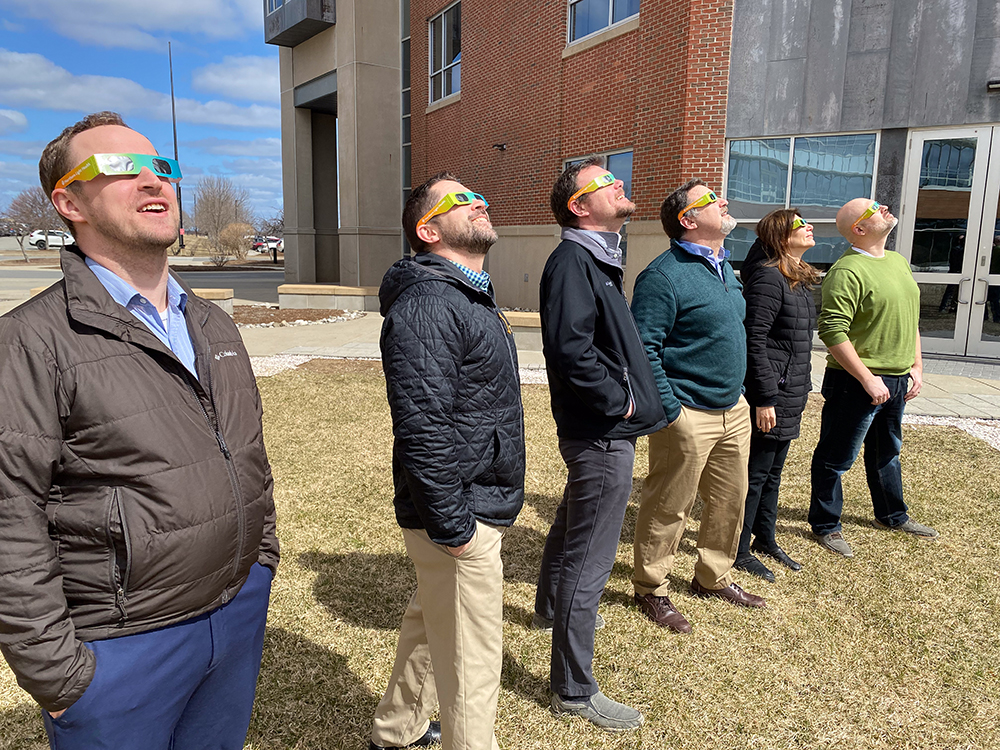
It’s been nearly 60 years since Maine saw its last total solar eclipse, and excitement is building across the state for one of the most rare and spectacular moments on April 8.
"While this is very exciting, you’ll need to take some important steps to make sure you’re keeping your eyes safe,” warns Francinia McCartney, MD, an ophthalmologist at Northern Light Eye Care in Presque Isle. “Prolonged light exposure causes changes in the retina, called solar retinopathy.”
It’s important to view the eclipse through safe solar viewers that meet the ISO 12312-2 standard for safety. Popular options include specially made eclipse glasses with plastic or cardboard frames, and handheld solar viewers, usually with plastic frames. Ordinary sunglasses, including the dark ones, cannot protect the eyes when looking at the sun directly during a solar eclipse. A special filter is needed to view the eclipse with a camera, telescope, or binoculars, even when using eclipse glasses or a handheld solar viewer at the same time.
While people may have a false sense of security looking at an eclipse, because it isn’t that bright, the opposite is actually true, and it is more dangerous than looking at the sun on a normal day. “When there is limited light, the iris expands the size of the pupil to allow more light into the eye to see. The damage occurs because of the duration of the time the person looks at the eclipse, which allows a potentially dangerous amount of UV light into the eye,” Dr. McCartney explains.
Here are five tips to help you and your loved ones safely view the historic solar eclipse on April 8:
- Inspect your solar filter before use; if scratched, punctured, or otherwise damaged, discard it.
- Always supervise children using solar filters.
- If you normally wear eyeglasses, keep them on. Put your eclipse glasses on over them or hold your handheld viewer in front of them.
- Stand still and cover your eyes with your eclipse glasses or solar viewer before looking up at the sun. Do not remove it while looking at the sun.
- Do not look at the uneclipsed, partially eclipsed, or annular eclipse where the sun leaves a bright ring present around the moon through an unfiltered camera, telescope, binoculars, or other optical device, even if you are wearing eclipse glasses or using a handheld solar viewer.
For more, visit
northernlighthealth.org/eyes.